(NLDO) - The Solar System may once again possess a ninth planet thanks to the participation of a new "warrior" from Chile.
In a recent interview with Live Science , several astronomers argued that within just a few years — perhaps as little as two — Earthlings will be able to find a ninth planet lurking in orbit beyond the dwarf planet Pluto.
This dream may be fulfilled by the Vera C. Rubin Observatory, scheduled to begin operations in 2025.
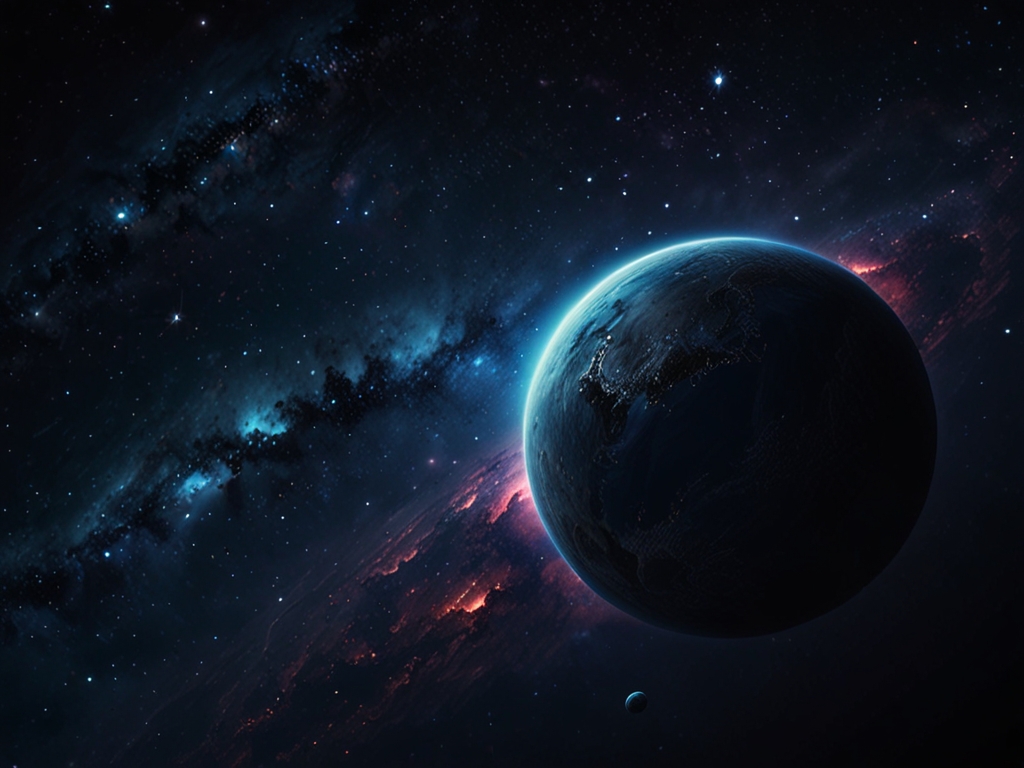
Planet 9 is hiding in the dark near the edge of the Solar System - Photo AI: ANH THU
“It’s hard to explain a solar system without a ninth planet,” said astronomer Mike Brown from the California Institute of Technology (Caltech), who proposed the ninth planet hypothesis with a colleague. “But there’s no way to be 100% sure until you see it.”
This statement implies that the ninth planet hypothesis is increasingly supported by indirect evidence.
The ninth planet here is not Pluto, the old ninth planet that was demoted by the International Astronomical Union (IAU) in 2006. Instead, it is a giant planet much farther away than Pluto, which may take 10,000-20,000 years to orbit the Sun.
No one has yet observed this planet, but astronomers believe it exists because many research groups have found its "ghost".
These are unusual movements of objects outside the orbit of Neptune. Sometimes, some objects appear to be being pulled or pushed by an invisible force, causing them to become unstable in their orbits.
The leading scenario is that a very large, gravitationally powerful planet lurking in the dark near the edge of the solar system has been quietly interacting with those objects.
The objects that suffered the impact were Sedna – a potential dwarf planet outside the Kuiper Belt, asteroid 2012 VP113, and several other worlds.
Since 2006, Dr. Brown, his colleagues, and several other groups have identified 16 objects that could have been impacted by the hypothetical ninth planet.
According to Dr. Brown, it should be the fifth most massive planet in our solar system, after Jupiter, Saturn, Neptune and Uranus. It is likely to have the most Neptune-like composition.
Astronomer Alessandro Morbidelli from the Côte d'Azur Observatory in France also told Live Science in an email that it is "very likely" that Planet Nine exists.
Dr. David Rabinowitz, an astrophysicist at Yale University, also believes that the existence of this mysterious planet is the most reasonable explanation for the eccentric objects they found outside the orbit of Neptune.
Dr. Sean Raymond from the Bordeaux Astrophysics Laboratory in France, told Live Science via email that he is 90 percent confident in the existence of Planet Nine.
Dr Brown and colleagues have begun analyzing data from Japan's Subaru Telescope in Hawaii, which is believed to have the best observing advantage today.
But if this survey doesn't get the job done, they'll turn to the Vera C. Rubin Observatory under construction in Chile.
Dr. Brown said that with the support of this modern telescope, the ninth planet could be found within the next 2 years.
Equipped with the world's largest digital camera, the upcoming Vera C. Rubin Planetarium in Chile is expected to take pictures of the night sky that will revolutionize astronomy.
The $473 million observation system's primary mission is Earth defense — early detection of threatening asteroids.
Next, it will be tasked with identifying unseen interstellar comets, free-floating stars, and failed planets. It will also go looking for Planet Nine.
Source: https://nld.com.vn/hai-nam-nua-nguoi-trai-dat-cham-den-hanh-tinh-thu-9-196240616082515745.htm


![[Photo] Overcoming all difficulties, speeding up construction progress of Hoa Binh Hydropower Plant Expansion Project](https://vstatic.vietnam.vn/vietnam/resource/IMAGE/2025/4/12/bff04b551e98484c84d74c8faa3526e0)

![[Photo] Closing of the 11th Conference of the 13th Central Committee of the Communist Party of Vietnam](https://vstatic.vietnam.vn/vietnam/resource/IMAGE/2025/4/12/114b57fe6e9b4814a5ddfacf6dfe5b7f)



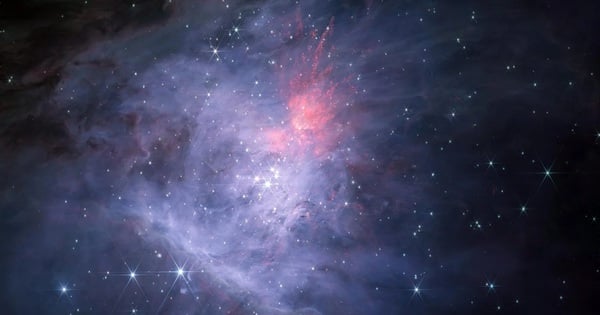

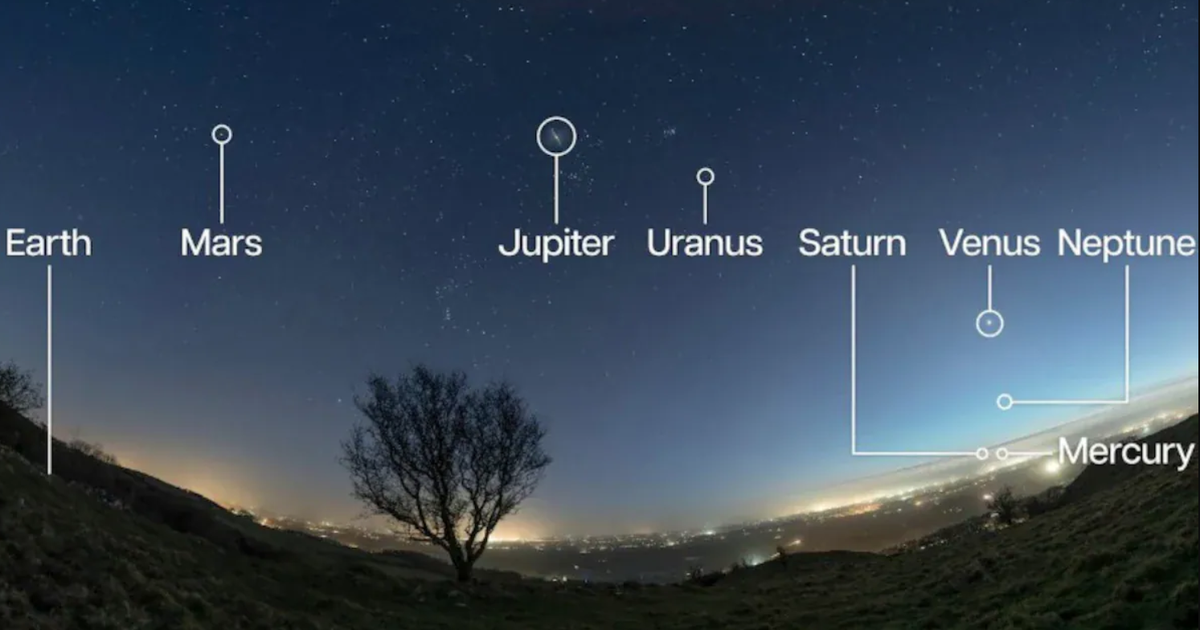

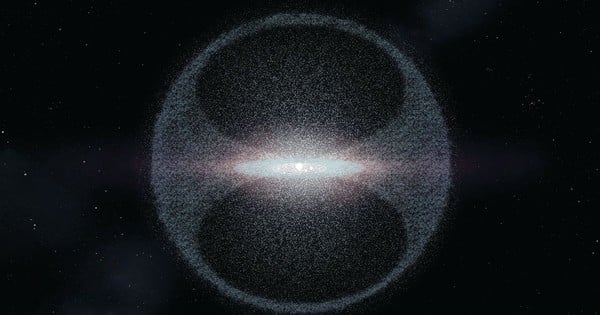
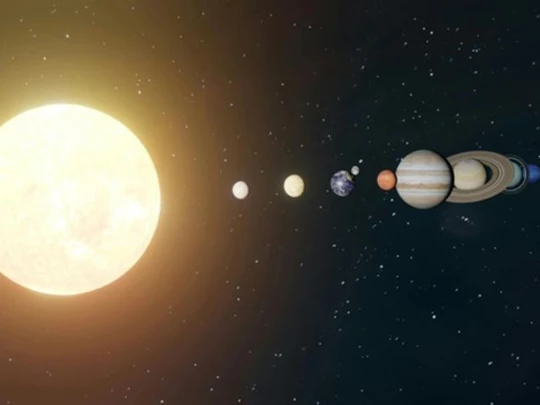

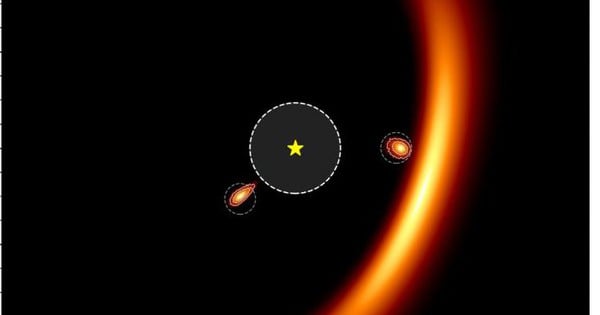














































































Comment (0)